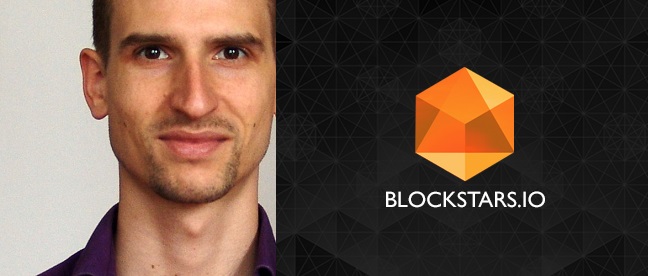Aron van Ammers, Chief Technology Officer and Founder of BlockStars.io, visited the first day of the Ethereum Devcon1 and gave Cointelegraph his view of the most important problems, discussed there. We give you the text as it is.
The focus of the first day of the fully booked Ethereum Devcon1 was focused on research: the future of Ethereum and related technologies. The current live version of Ethereum Frontier, is an early version of Ethereum 1.0. The focus of today's sessions was Ethereum 2.0 and beyond. The 300 attendees of Devcon1 immersed in ideas about what is yet to come.

Scaling
If Ethereum is to achieve wide adoption, it needs to scale. Being a general purpose blockchain, scaling Ethereum is arguably more difficult than scaling Bitcoin. As Ethereum is still a young platform there still is a lot of space for innovation.
In a panel discussion on scaling, technical founders and developers of Ethereum discussed several strategies. Vitalik Buterin described a "hub and spoke" model which has similarities with Bitcoin sidechains. Dominic Williams suggested a strategy of verification layers, where only a limited set of nodes will verify transactions a similar level of security can be achieved as to the current way where every blockchain node validates every single transaction.
Later in the day Vitalik Buterin explained a strategy for asynchronous programming that could be applied to achieve interoperability between the public Ethereum blockchain, external blockchains, and even private Ethereum blockchains. This could enable a world of securely interconnected blockchains, opening up a range of possibilities for building decentralized applications with various levels of security and value interaction.
Aaron Davis presented Metamask, a way to access Ethereum DApps from a normal web browser. Projects like Metamask could tremendously lower the barrier to adoption of decentralized applications as users won't have to go through complicated install steps to get their first DApp experience.
Juan Benet, founder of IPFS spoke about the possibilities of IPFS as the layer for a new internet. Because of its decentralized character, IPFS is highly suitable as a component in a decentralized application infrastructure. Use cases include distribution of the DApp itself, storage of encrypted datasets and decentralized content distribution networks (CDN's).
Consensus mechanisms
Blockchains provide a single source of truth, established by consensus: participants agree on the data through a consensus mechanism, and that makes it true. Vlad Zamfir of Ethereum explained how economic consensus systems are a very new phemenon and not a lot of research has been done yet. Economic consensus is the only strategy we currently know of to achieve consensus in a fully public system.
In economic consensus, participants in a consensus system (i.e. miners) are considered economic rational actors. This means they will choose whatever option gives them an economic advantage. Those economic advantages can come from within the blockchain, but also from outside the blockchain: consider the scenario where an external attacker bribes a majority of miners in order to censor specific transactions. Zamfir argumented that builders of economic consensus systems should consider these worst case examples, even though we see in practice that miners don't always make purely (short term) rational economic decisions. The reasoning being that if a blockchain is resilient to a large-scale attack vector, it surely is resilient to smaller scale attacks.
The new proof-of-stake mechanism of a future Ethereum version, called Casper, was also introduced by Zamfir.

Formal verification of smart contracts
The young discipline of writing smart contracts is quickly professionalizing. This was illustrated by a focus on formal verification. A smart contract on Ethereum is, on the one hand, an extremely powerful financial instrument, but on the other hand, just a piece of software that can contain bugs and can have unintended consequences when running them. Because the possible impact of a bug in a financial instrument is huge, we need a high level of reliability.
Formal verification is a strategy to build highly reliable software, common in, for example, military and aviation software, but also in the financial world. Several initiatives towards formal verification of smart contracts were presented.
Lucius Greg Meredith of Synereo introduced the concept of monadic design patterns, which combined with a compositional architecture can lead to highly reliable and scalable blockchain systems. Grant Passmore of Aesthetic Integration described how their solution Imandra can provide formal verification of financial contracts. The solution is geared towards large financial institutions using trading systems and venues, delivering fully automatic analyses of trading infrastructure.
The day was closed with a scientific angle with Jack Petterson and Robert Edström presenting their master thesis on a new smart contract language that provides specific formal verification features. Finally Peter McBurney, Professor of Computer Science at King's College, London, explained the basic concepts of formal verification and how they can be applied to shared ledger systems and protocols.
Wrapping up
The first day of Ethereum Devcon1 showed a vision of a highly reliable, highly scalable future version of Ethereum. We're left to eagerly dive in what's possible today, which is the subject of the following days of the conference.
